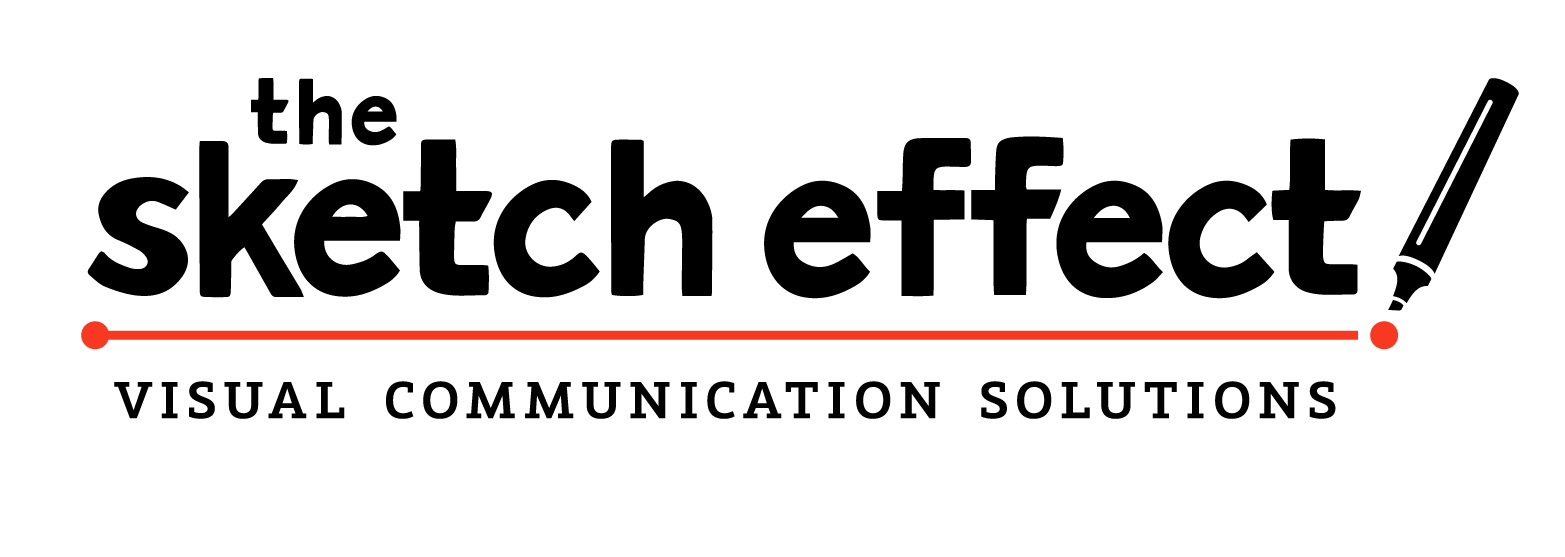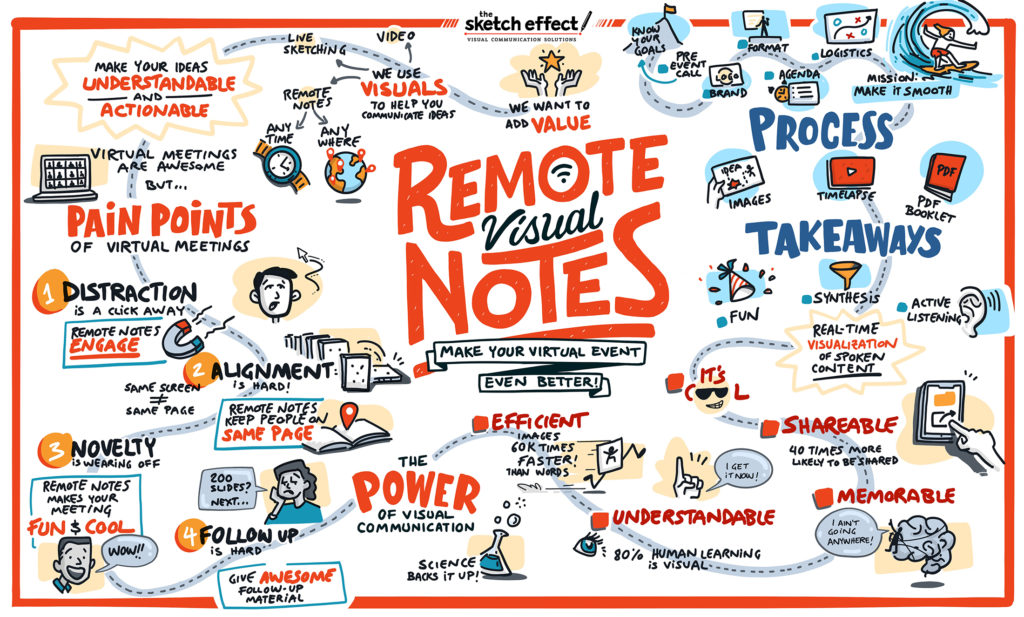Did you know the world’s first live online event occurred in 1993? A webcam built by a team of scientists uploaded images of a coffee pot as it brewed at the rate of three shots a minute. And, yet, millions tuned in, guessing if the next near-identical image to post was going to feature a fuller or emptier pot. Why? They tuned in because it was something new.
With social distancing and other COVID-19 related restrictions in place, online events have become the norm. While platforms and technology improve, it’s getting harder and harder to grab–and keep–an audience’s attention. So, how do you put together and host a virtual event that will really stand out from everything else going on out there?
Planning Your Online Event
Great things rarely fall into place without effort. To have a successful online event with top engagement, you need to start planning. Like…now.
Really, though—the sooner you start prepping for your online event, the better.
Set Your Intentions
But, don’t get too far ahead of yourself. Consider the types of virtual events that will work best to meet your goals. Before you even start planning, you need to answer some tough questions, like:
- What kind of experience do you want to offer?
- What is the number one goal of your event?
- Will the event be live streamed, pre-recorded, or a mix of both?
- Where will content be posted after the event?
- Will the event (and post event recordings) be gated or free?
- Will you bring on advertisers or other partners?
- What determines success and how will you measure your KPIs?
Choose Your Event Platform
Once you know what you’re going for, you need to choose a platform to host your event. Here are seven online event platforms you could use if you don’t already have one in mind:
- 6connex: No download required, works on any device, integrates with social media, and gives real-time analytics.
- Crowdcast: Quick startup with access through a single URL, built-in registration forms, conversation tools, analytics, and replays.
- Zoom: Can have a singular host, group chat, or breakout rooms with up to 10,000 view-only attendees.
- GoToWebinar: Simplified dashboard with full control over webinar settings, saved event templates, and options for event series.
- Adobe Connect: For a platform rich in features, Adobe Connect also offers high call quality, webcam functions and integrates well with the other Adobe products.
- WebinarNinja: Cloud-based platform that doesn’t require software, all-in-one platform for paid or free events with 1,000+ app integrations, Facebook Pixel ad tracking.
- YouTube Livestream: A free and easy option for streaming live webinars, but offers very limited capabilities.
Schedule Your Online Event
Scheduling may be tied into specific things, like dates your speakers are available or an upcoming product launch for your company. Time zones will also come into play, so consider from where your audience will be tuning in. Determine peak engagement times so you can get the most people to your event. While 1 pm might be a great time for locals, you might struggle to get attendance in other time zones where it may be early in the morning or after work hours.
The type of event you are planning will change the ideal time as well—since fundraisers and celebrations are often done outside of work hours, while a webinar or virtual conference is more likely to be done during the workday.
Establish Your Virtual Game Plan
You will want to start building a schedule and fleshing out your plan details once you have an idea of the “what,” “where” and “when.” Your game plan will determine what you plan to do during your event. If possible, try to gather with other speakers (even virtually) before the event to increase comfort levels with a little team bonding.
You will want to work backward from how you envision the event so you can start gathering all the key players and supportive elements that will make it a success. A few questions you might ask are:
- What are your budget and timeline?
- How will you get people engaged?
- What will you teach or convey?
- How are you supporting your KPIs?
- What value will the audience get out of it?
- What will your company and other stakeholders get out of the event?
- How is your event different than other events on similar topics?
Promote Your Event
It’s not enough to plan a great virtual event. After all, when you plan in-person events, you don’t just show up and hope other people stumble in. You have to be strategic in how you advertise. You want to promote your event to the right people (the people who will want to come), convey why they should care, and make it easy for them to access.
Use tweets and other social media posts to start organically talking about the event ahead of time. Promote your top posts with a strong message and direct link to reach a bigger audience.
Blog posts and content marketing are great ways to drum up attention. Blogs can spread like wildfire if you are writing them in a way your audience feels compelled to share with their friends, family, or coworkers.
Post retargeting ads to help get people to commit, since they are more familiar with your company if they’ve visited before.
Email marketing should be used to encourage registration, hype up the event and send out reminders. Don’t forget to include links and any codes needed—you don’t want any excuses to keep people from showing up.
Participate in pre-engagement, like asking for event questions early via chat. Hold giveaways, create countdown clocks, and announce exciting event news slowly.
With the right influencers, you can reach your crowd in a way that resonates. Industry influencers or professionals who are in a different industry (but talking to the same audience) can help you get the word out to their followers.
Big-name speakers can bring in more people, so look for a name you can add to your lineup.
Virtual Event Ideas to Increase Engagement
Of course, the event itself needs to be really good, but engagement tactics will help people pay attention.
Live Tweeting: Depending on the event, you might want to skip the on-platform chat and take your attendees out into the wild. Having your audience live-tweet during your event can garner more attention and help spread the word. Use a dedicated hashtag that is very event-specific (but not too complicated) to keep those Tweets in one place.
Visually Appealing Slides: Virtual presentations have to be eye-catching. No one wants to see blocks of text that the speaker is reading out loud for the presentation. But, on the flip side, visual representations of notes covering main points and data are important for helping your attendees retain the information.
Live Sketching: You need to set your event apart as something memorable and interesting. Many people are exhausted from virtual meetings and watching speakers talk at them on a screen. A virtual sketch artist offers a unique angle that will catch eyes and hold attention as they sketch your presentations or conversations in real-time.
If you are looking for a virtual sketch artist to illustrate your event, we would love to talk. Our visual note-taking services generate compelling images and time-lapse videos that will hook your audience. Everyone loves to see the sketch unfold and how ideas and concepts are incorporated into the sketch. If you are planning an upcoming event, contact us now!










